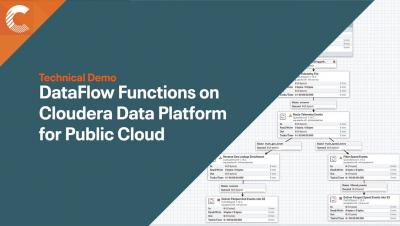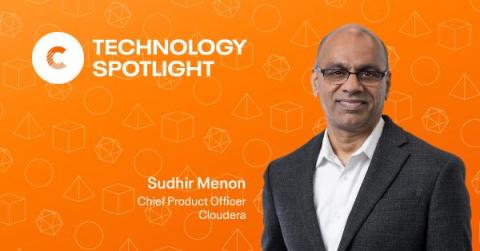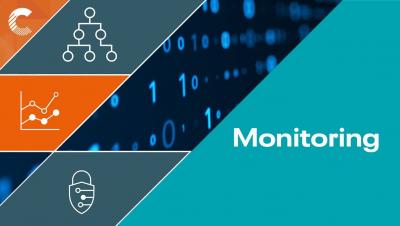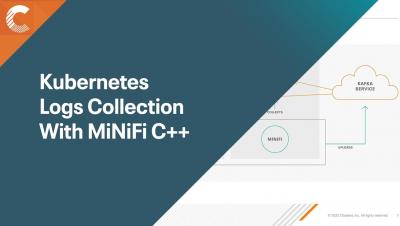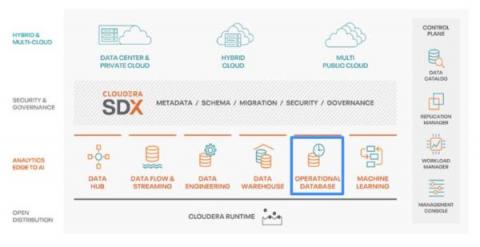Data Governance and Strategy for the Global Enterprise
While the word “data” has been common since the 1940s, managing data’s growth, current use, and regulation is a relatively new frontier. Governments and enterprises are working hard today to figure out the structures and regulations needed around data collection and use. According to Gartner, by 2023 65% of the world’s population will have their personal data covered under modern privacy regulations.



